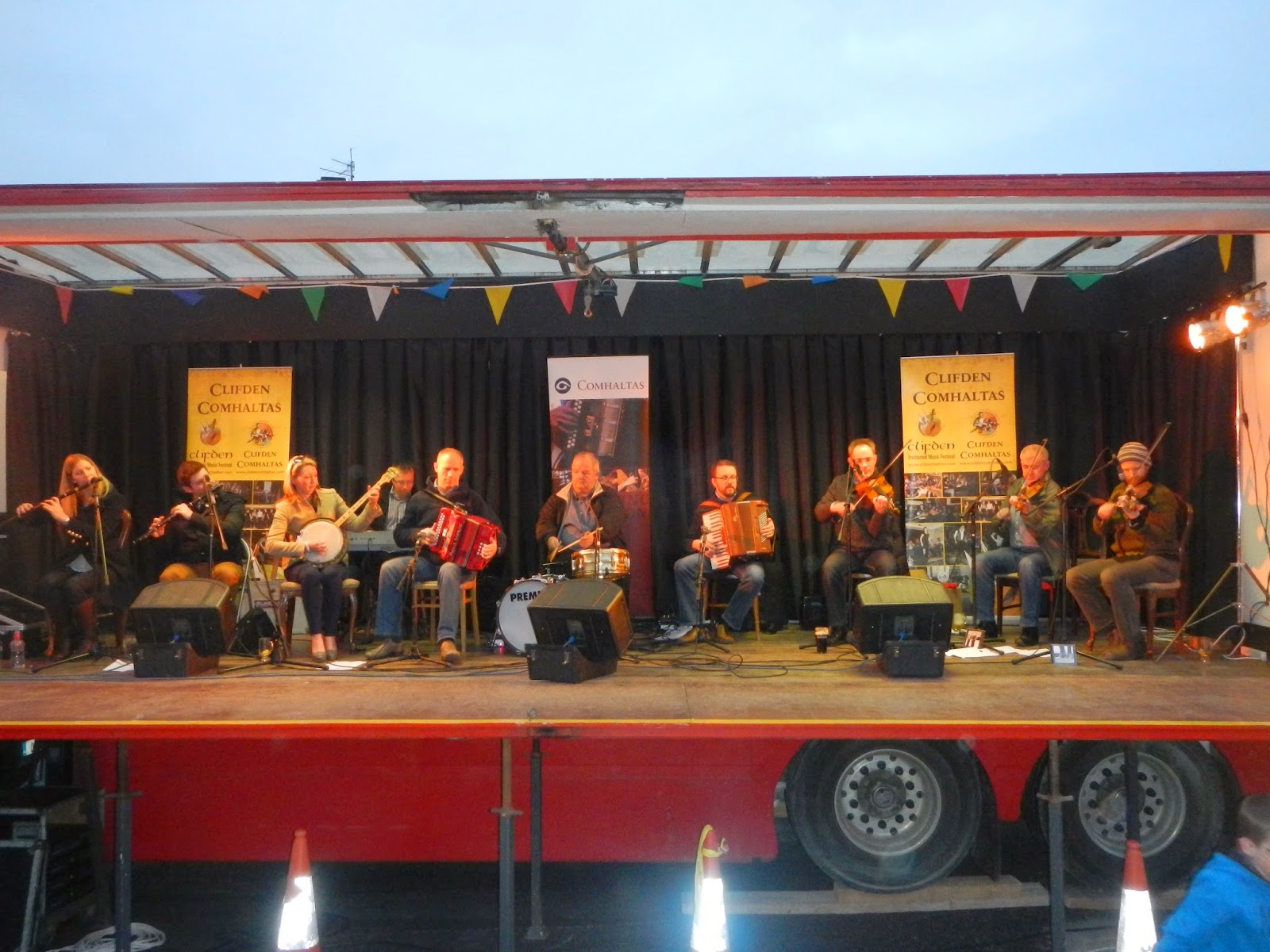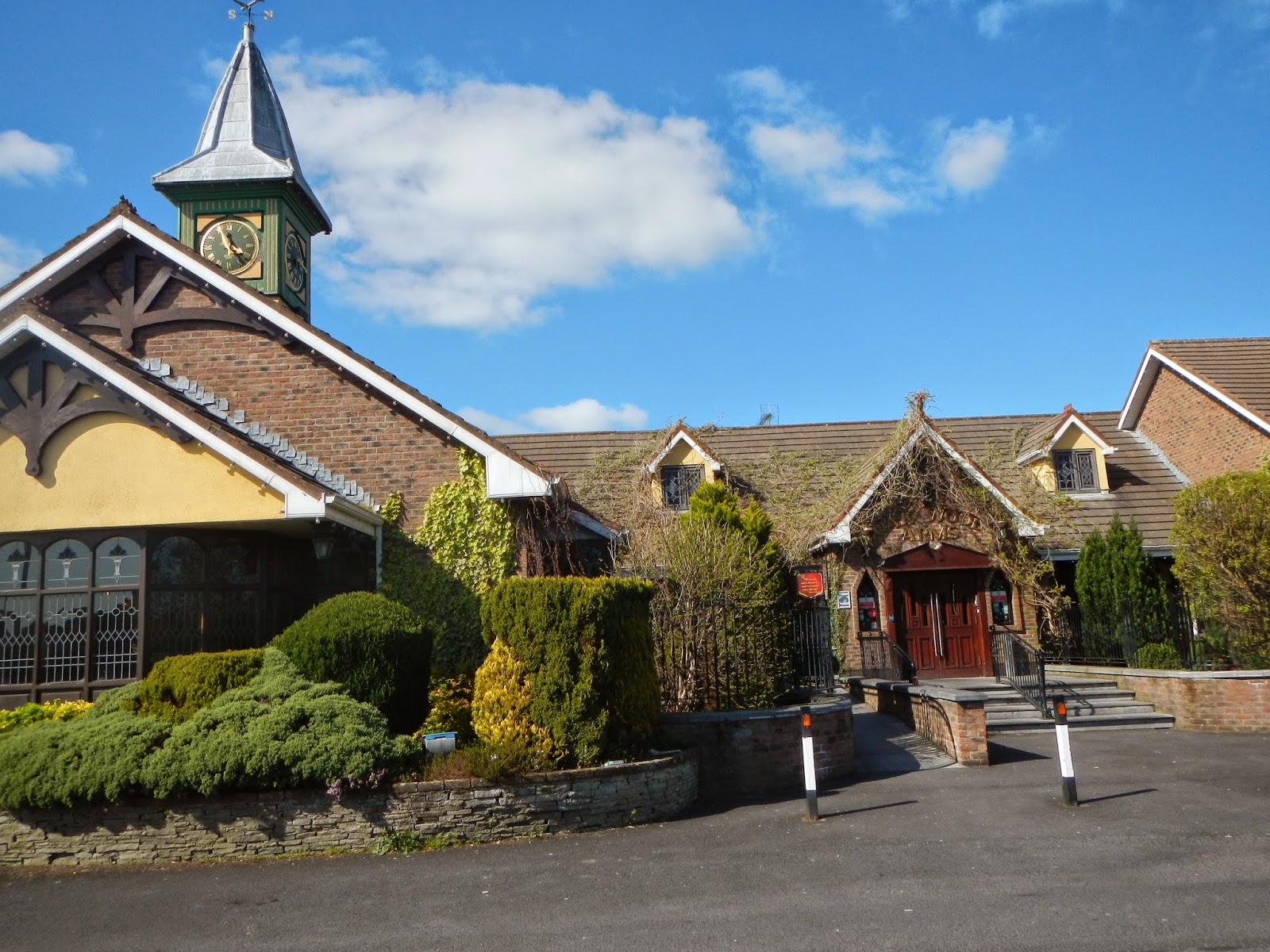In 1990, John and I took the boys to Europe for Christopher's High School graduation. One of our multi-country stops was in the south of Ireland to visit castles and kiss the Blarney Stone.
It was with these past adventures in mind that we set off mid-morning and began our drive to Chicago, where we were to board a British Airways plane to Dublin, via Heathrow. Since we live in northern Michigan where there is abundant natural beauty but little shopping, we decided to stop on-route in Grand Rapids. We had decided to begin the search for a replacement to our trusty Subaru, which had taken us to/from California three times. We had decided that it had a bit more mileage than we were comfortable with and that we needed a bit more space to carry John's growing instrument list. So, we stopped to test drive two SUVs that were on our interest list but not available in Traverse City.
After a couple of hours, and two test drives, we decided the day was waning and we needed to get to Chicago. We were soon on our way south where we were to spend the night at the O'Hare Westin.
We were surprised, as we drove south , that there was no apparent snow--not even in Chicago...quite a difference from the two feet which surrounded house in Frankfort.






































